by VAN HANSEN
Launching his coast-to-coast book tour in Burlington, Marc Garneau presented his autobiography to a full house.
Garneau sat down with fellow engineer and author Terry Fallis for a captivating conversation in the sanctuary of Port Nelson United Church.
It was last Fall, and no coincidence that the event was held on October 5th—the 40th anniversary of Garneau’s historic Space Shuttle mission when he become the first Canadian to fly to space.
From the Sea
As a boy, Garneau harboured a long-standing fascination with the ocean and he joined the Navy at the age of 16. Four years later, in his final year at Royal Military College (RMC) he was given the opportunity to cross the Atlantic.
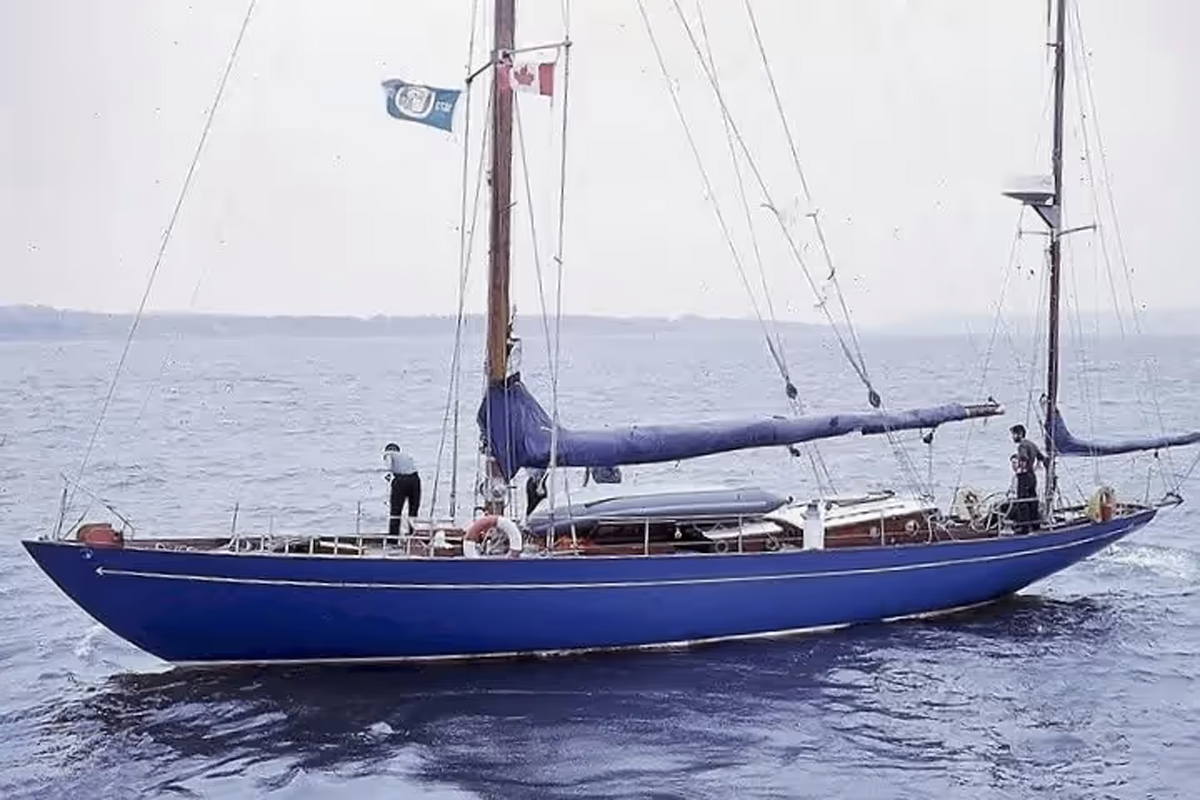
Garneau was part of a crew of 13 in a race from Newport, Rhode Island to Cork, Ireland on the Pickle, a 59-foot wooden yawl (2-masted sailboat).
“A few centuries before, stepping out on the ocean, you were taking your life into your hands,” said Garneau. “It was a voyage into the unknown. So that was a beautiful experience for me personally”.
The 20-day transit brought its share of rough seas and bad weather as they crossed nearly 5,000 kilometres of ocean. Sailing on to London, they were on the English Channel on the night of the first Moon landing.
Garneau was gazing at the moon and listening to the live broadcast on the radio as Neil Armstrong announced “The Eagle has landed”.
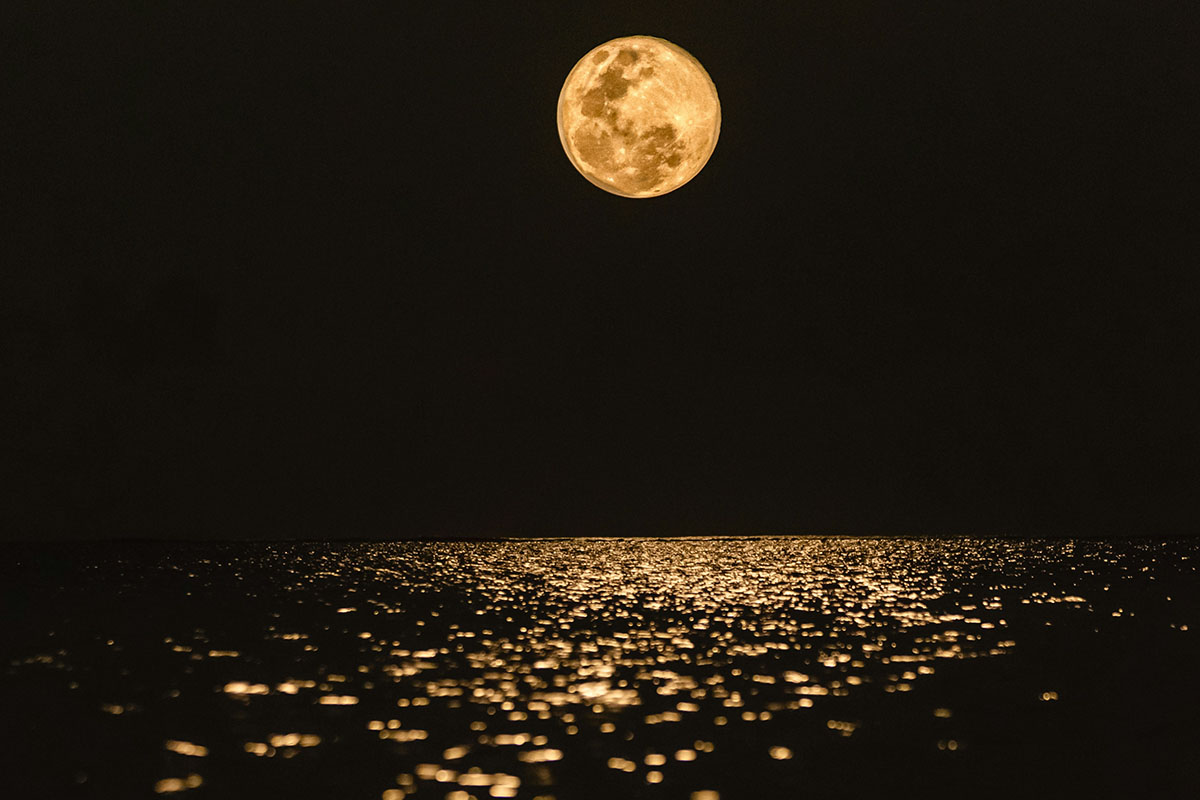
“I remember thinking to myself,” said Garneau. “Here I am in a sailboat, one of the oldest forms of transportation, and he and Buzz Aldrin and Michael Collins had crossed 400,000 km of the vacuum of space and landed safely on the (Moon’s) Sea of Tranquility.”
The parallels were not lost on Garneau, and he believed that a seed was planted that night.
After graduating from RMC with a Bachelor of Science in Engineering Physics in 1970, Garneau furthered his education studying electrical engineering in the UK at Imperial College London, successfully defending his PhD thesis in 1973.
Returning to Canada, Garneau trained as a combat systems engineer which led to a posting on HMCS Algonquin, and as an instructor at the Canadian Forces Fleet School.
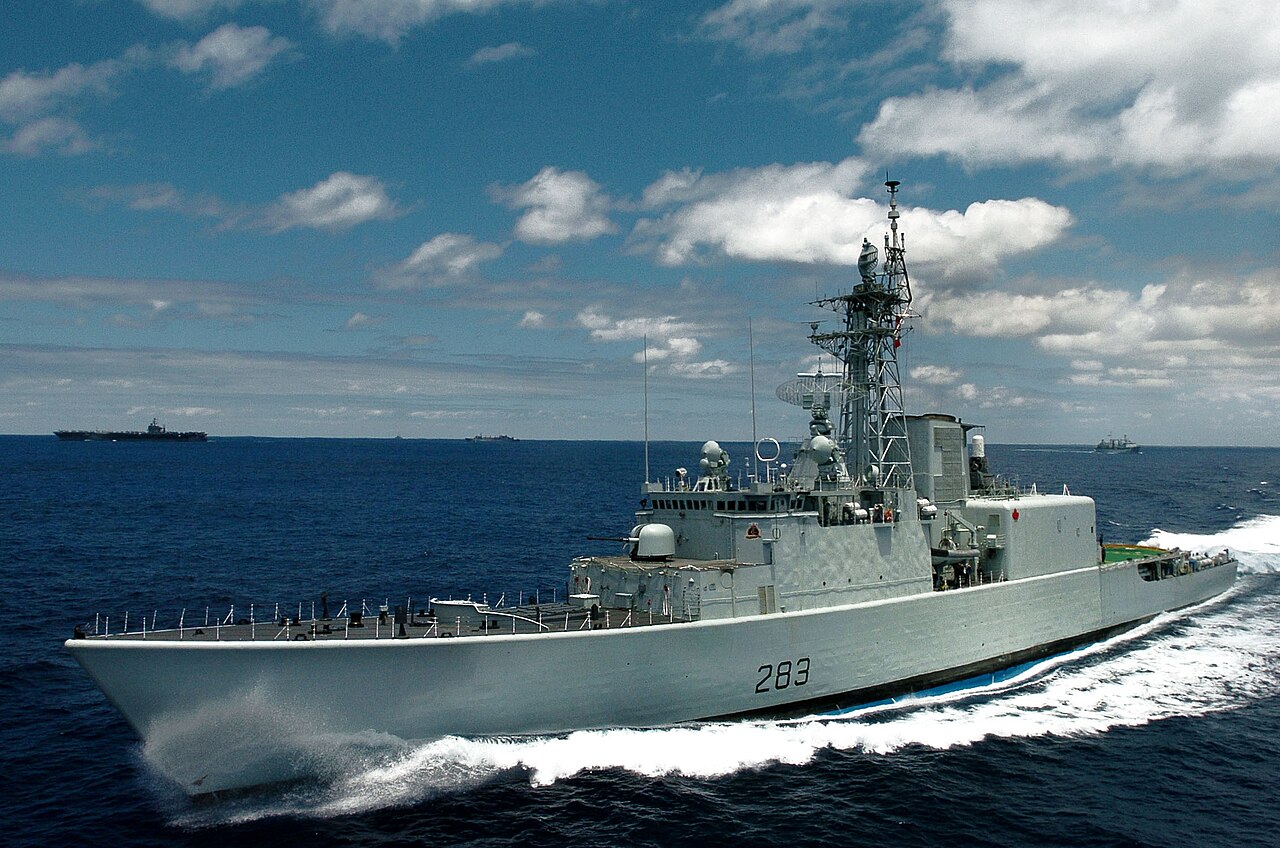
Other assignments included work at the Naval Engineering Unit in Halifax, qualifying as a diver, and postings to National Defence Headquarters in Ottawa. After attending Canadian Forces College, Garneau was promoted to the rank of Commander in 1983.
To the Stars
On returning home from HQ one evening in June that year, Garneau was reading the Ottawa Citizen (newspaper), when he stumbled on an advertisement from the National Research Council. Canada was looking for astronauts!
This was in response to NASA’s request for 2 Canadian astronauts to fly on the Space Shuttle as thanks for designing and building Canadarm, the Shuttle’s robotic arm.
Garneau was one of 4,300 applicants. Proving throughout the gruelling selection process that had the right stuff, he was selected as one of six who would become Canada’s first Astronaut Corps.
Sixteen months after that he was on launch pad 39A at Kennedy Space Center, the Payload Specialist on Space Shuttle Challenger, seated on the starboard mid-deck.
“I remember just being focused on my training,” said Garneau. “And then suddenly I was strapped in, the shuttle side hatch door was closed, and I thought this is not a simulation. We’re going today”. What followed was the longest two and a half hours of his life.

When the countdown finally reached zero as the solid rocket boosters roared to life, there was lots of vibration for the first couple of minutes until the boosters separated and the main engines fired, accelerating the Shuttle with Garneau feeling heavier in his seat, for the last part of the ascent sustaining a force of 3 g (gravitational force equivalent).
It was eight and a half minutes from 0 to 28,000 km/h which is orbital velocity, when the main engine cutoff happens. Suddenly there was silence.
“And you realize you’re floating. It is a moment of euphoria. You can hardly wait to take off your seat belt and float over to look out the window”.
On that mission they were on an unusual high-inclination orbit flying over the Canadian provinces every 90 minutes.
They launched a satellite and conducted several experiments including a package of Canadian experiments (CANEX).
Garneau was promoted to Captain (Navy) in 1986, leaving the Canadian Forces in 1989.
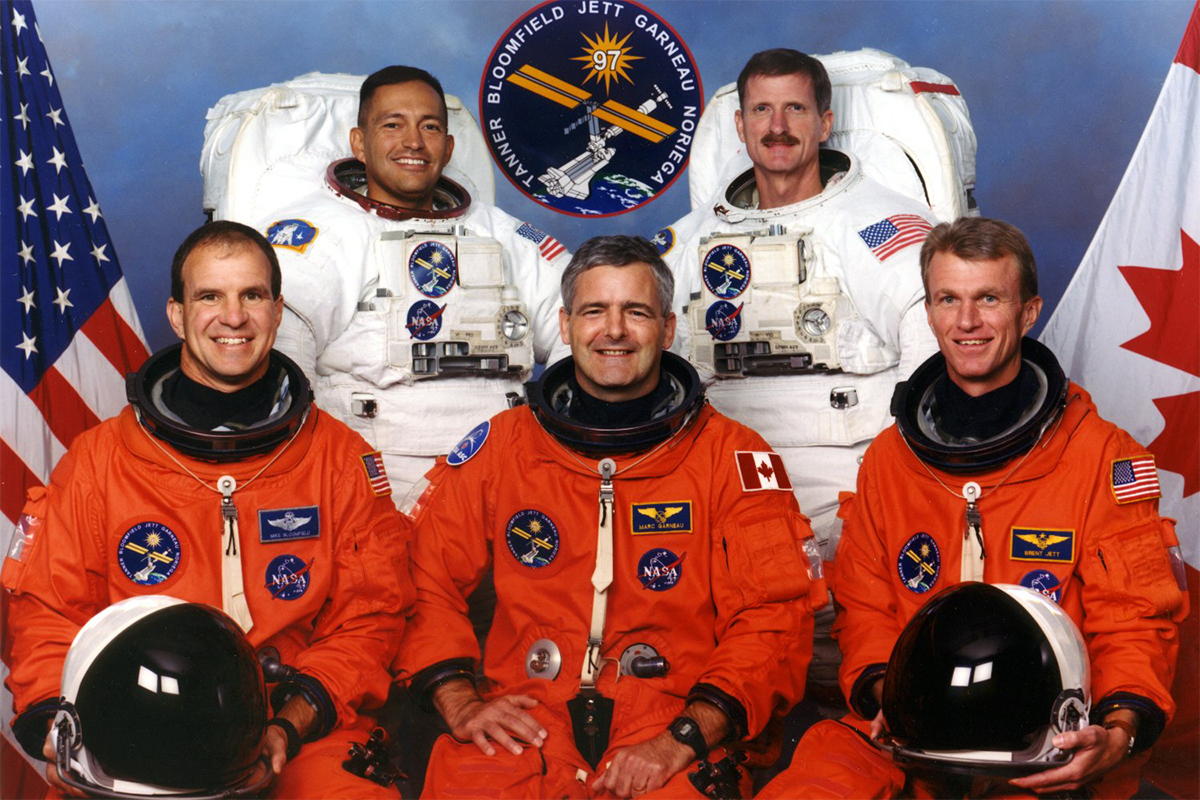
Garneau flew on 2 more Space Shuttle missions in 1996 as Mission Specialist on the Endeavour, and in 2000 as Flight Engineer. On his 3rd mission, Garneau used the Canadarm on Endeavour to install one of the four solar arrays on the International Space Station.
Following his career as an astronaut, Garneau was appointed President of the Canadian Space Agency (CSA) in 2001.
For the Common Good
Garneau was elected to Parliament and served as an MP for over 14 years in the House of Commons, including as Foreign Affairs Minister, and Transport Minister.
“Everything had to be, what makes the most sense? As opposed to doing things for, shall I say, political reasons,” said Garneau.
“I've never been drawn to making decisions for political reasons. I wanted it to be the best policy possible for Canadians”.
After a lifetime of public service, the Honourable Marc Garneau, PC, CC, CD retired in 2023, and set to work writing his memoirs. He dedicated A Most Extraordinary Ride, Space, Politics, and the Pursuit of a Canadian Dream “To my children, as I promised”.
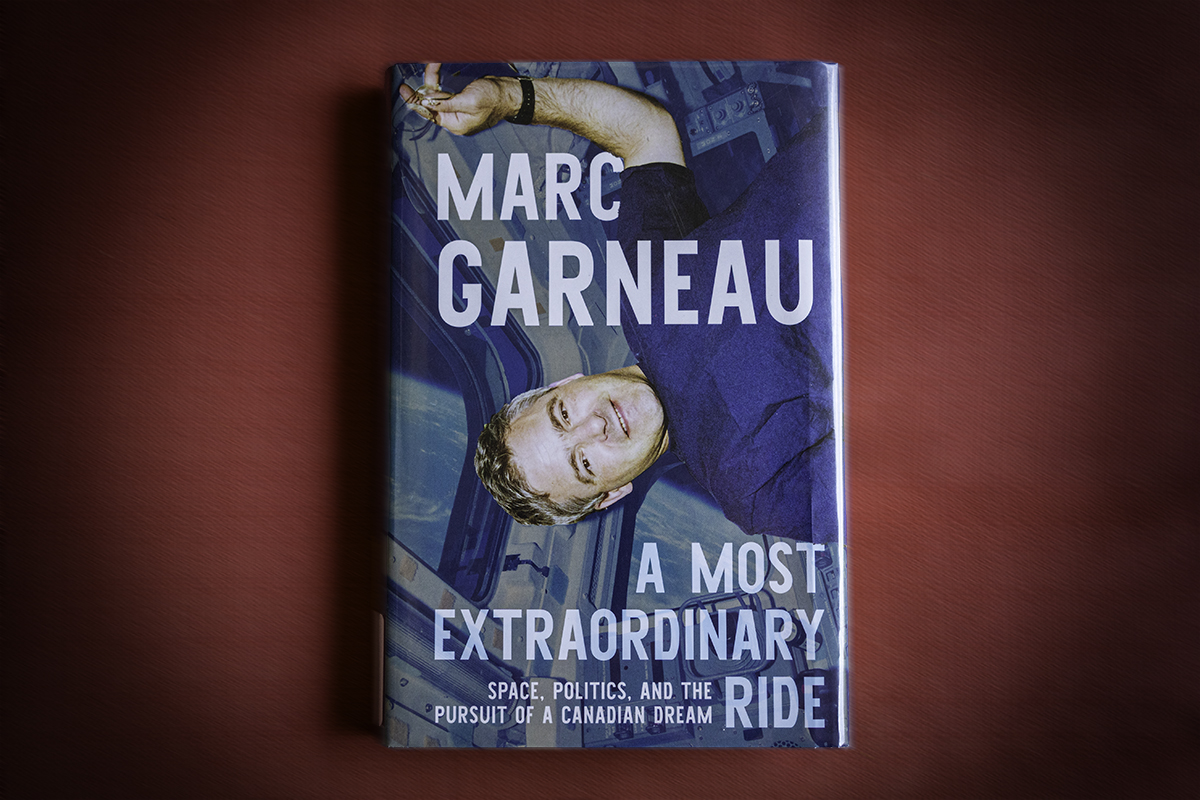
Market | News | Events | Never miss a story—subscribe to our free monthly newsletter:
Say hello… move forward with more™

On June 4th, Marc Garneau passed away peacefully after a short illness, surrounded by his family, his wife, Pam Garneau said in a statement.
“Marc faced his final days with the same strength, clarity and grace that defined his life”.
Photo Gallery
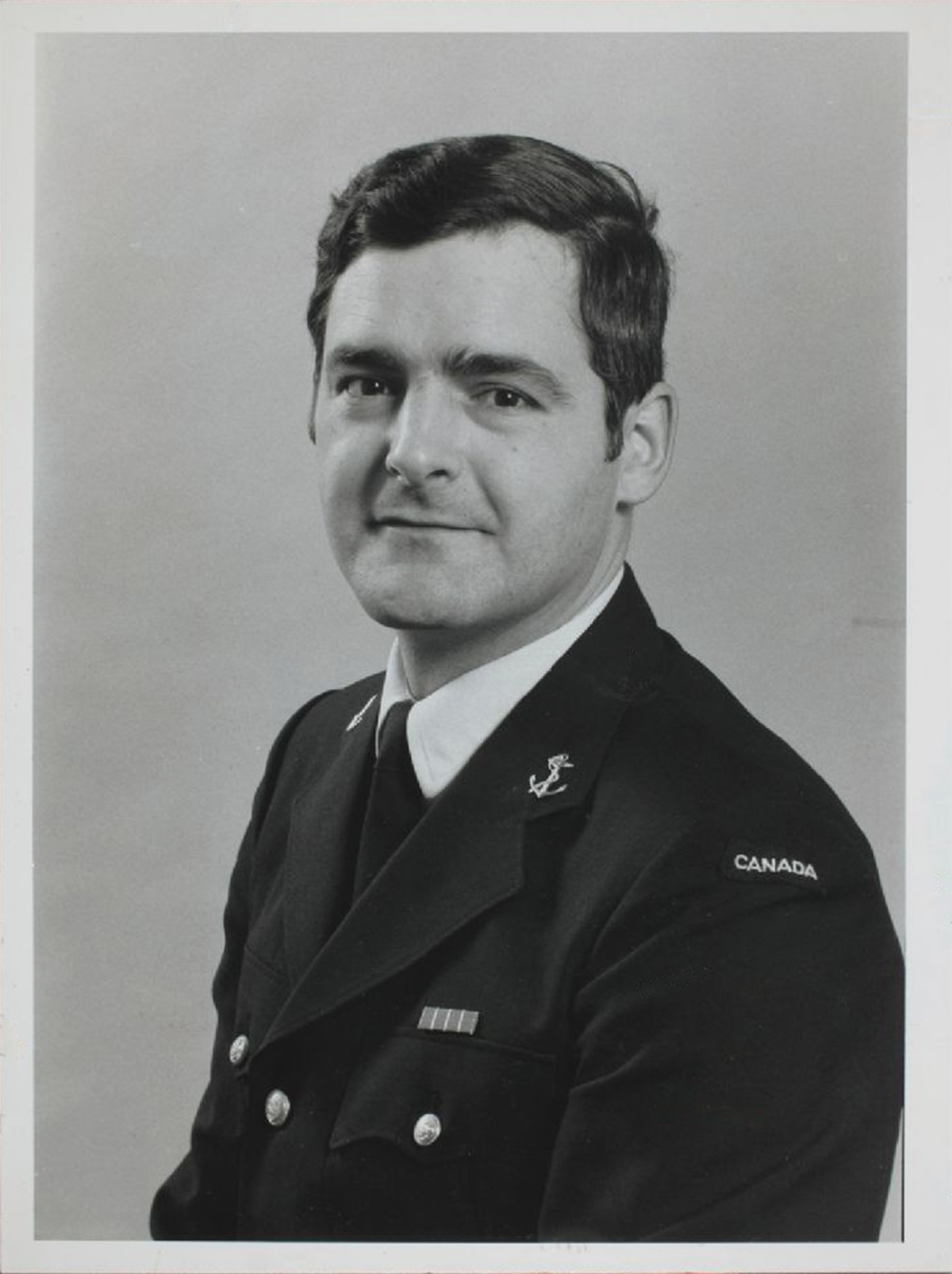
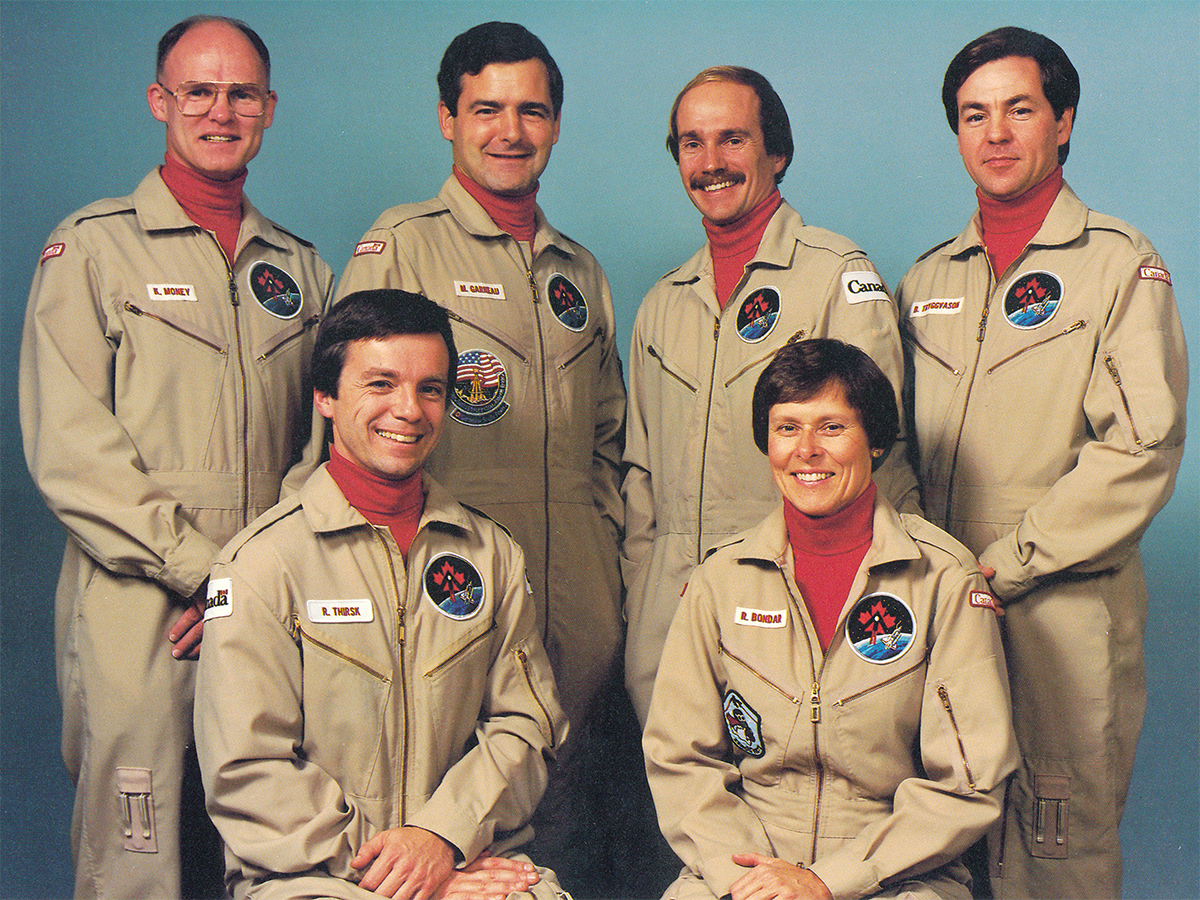



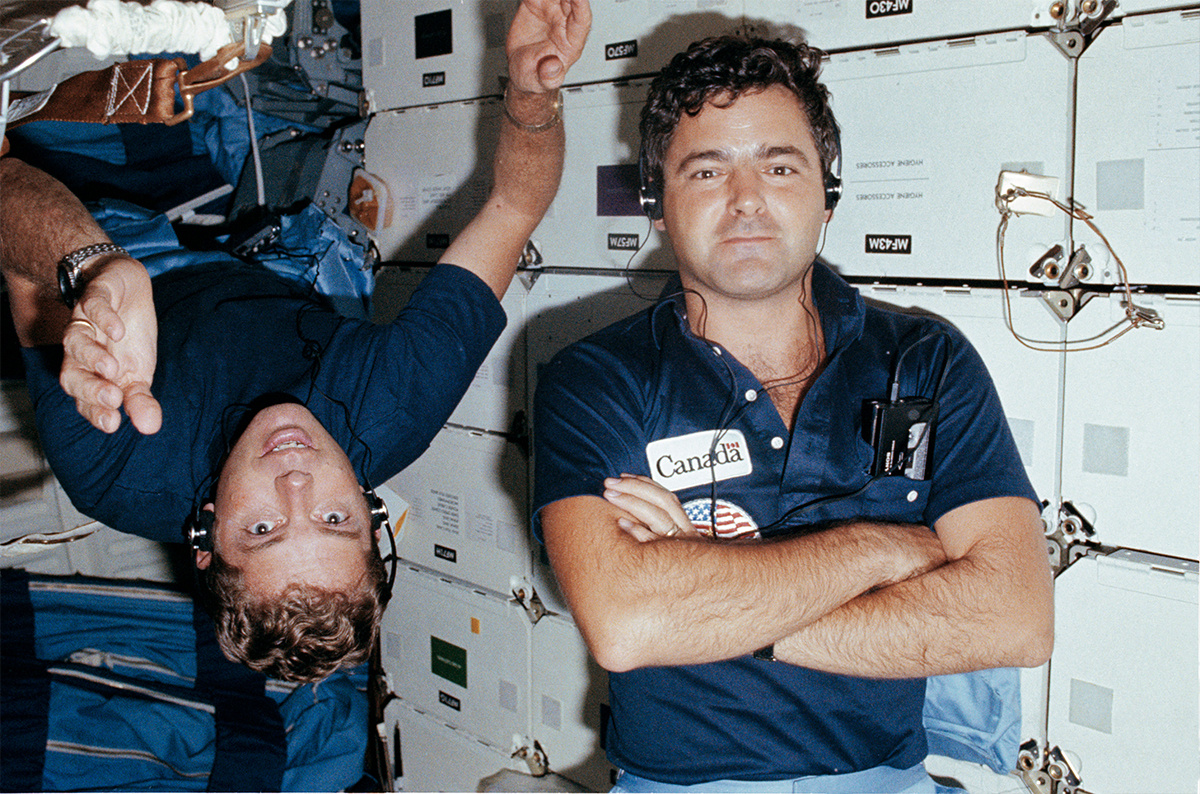
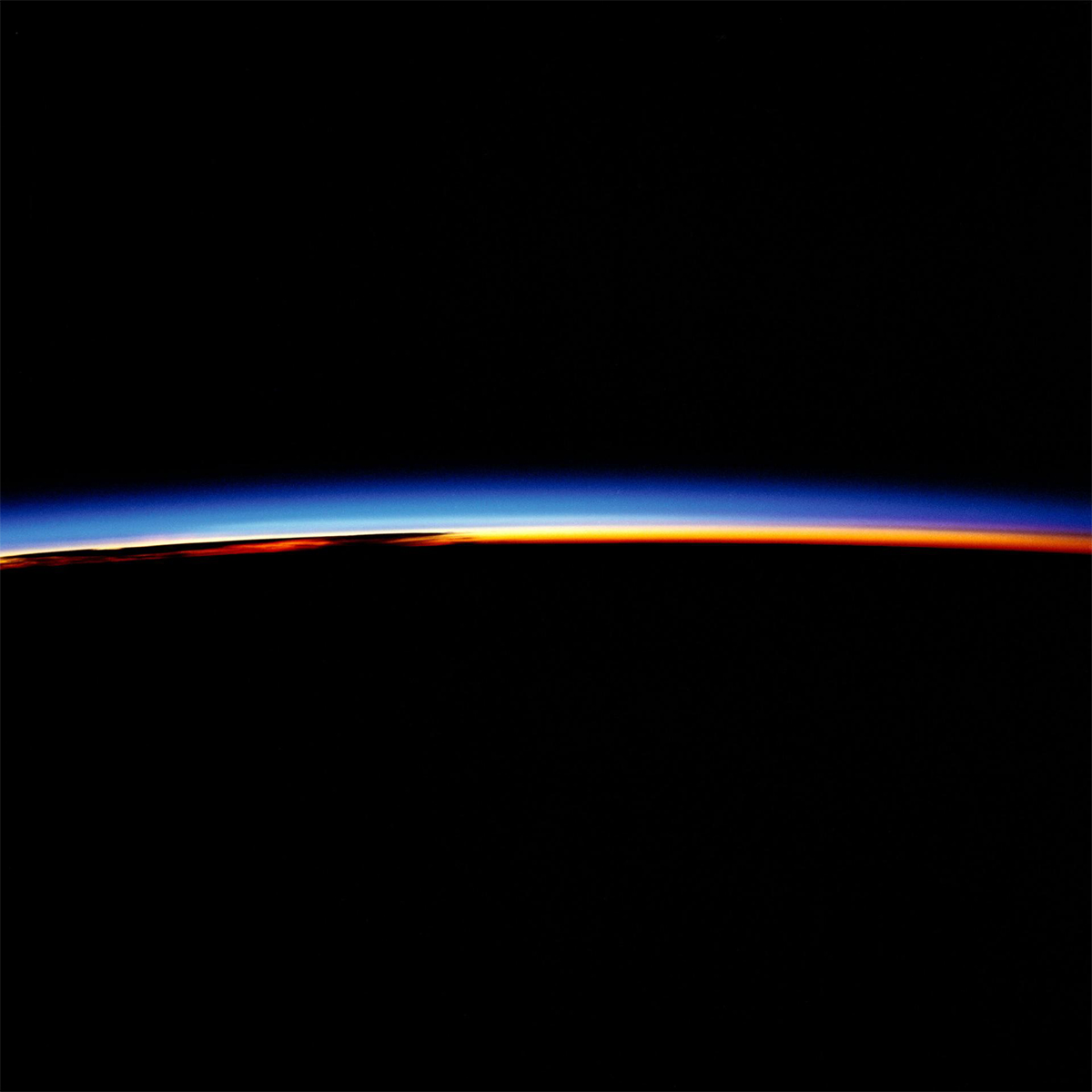
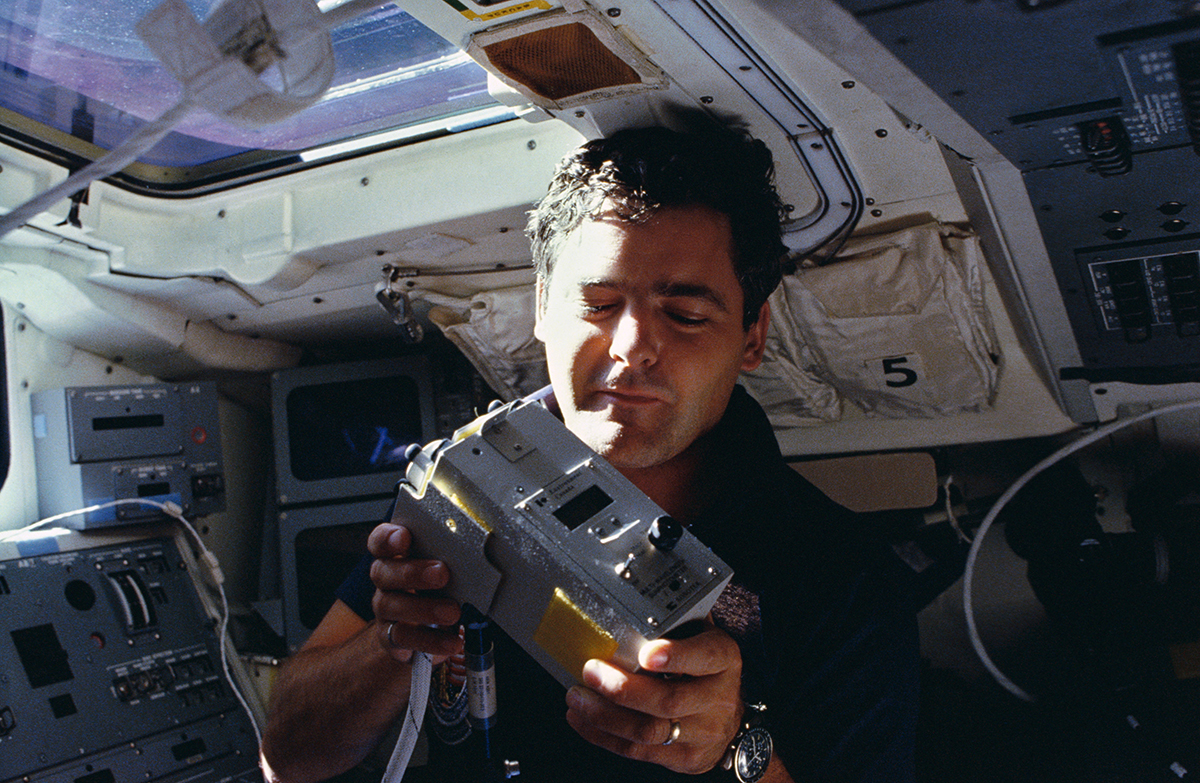


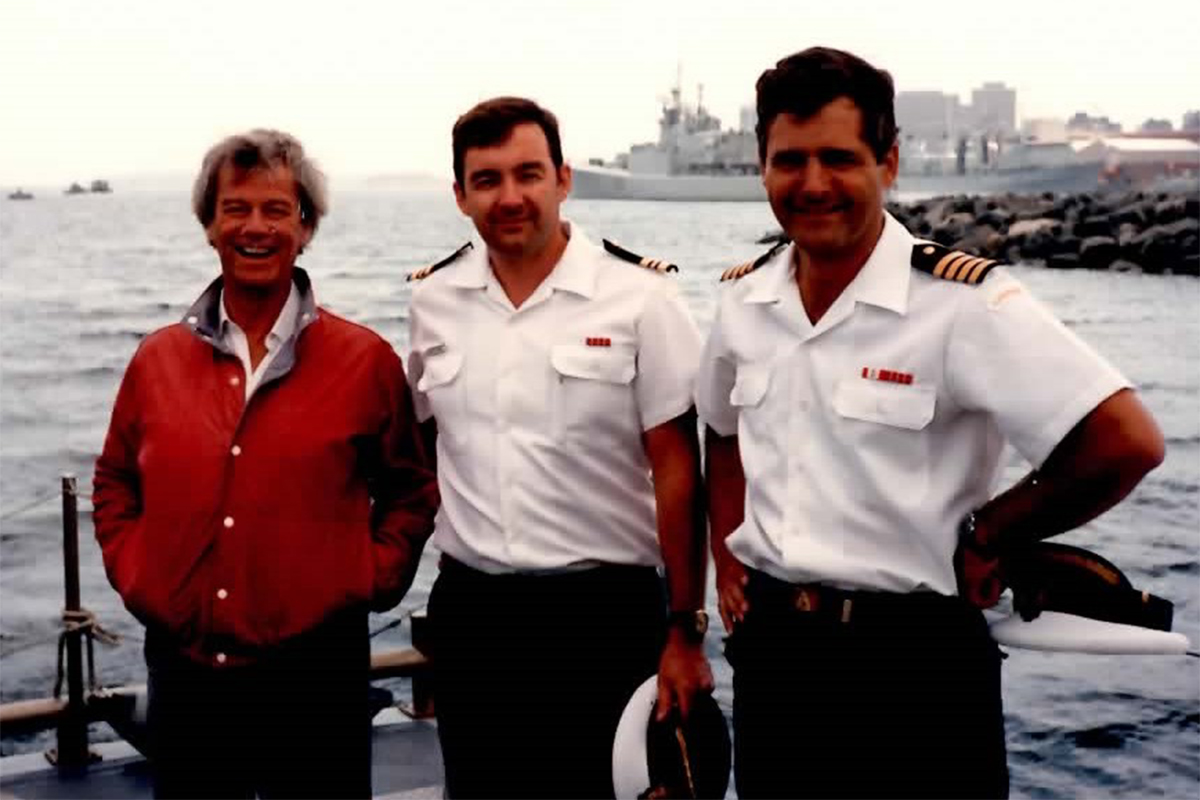

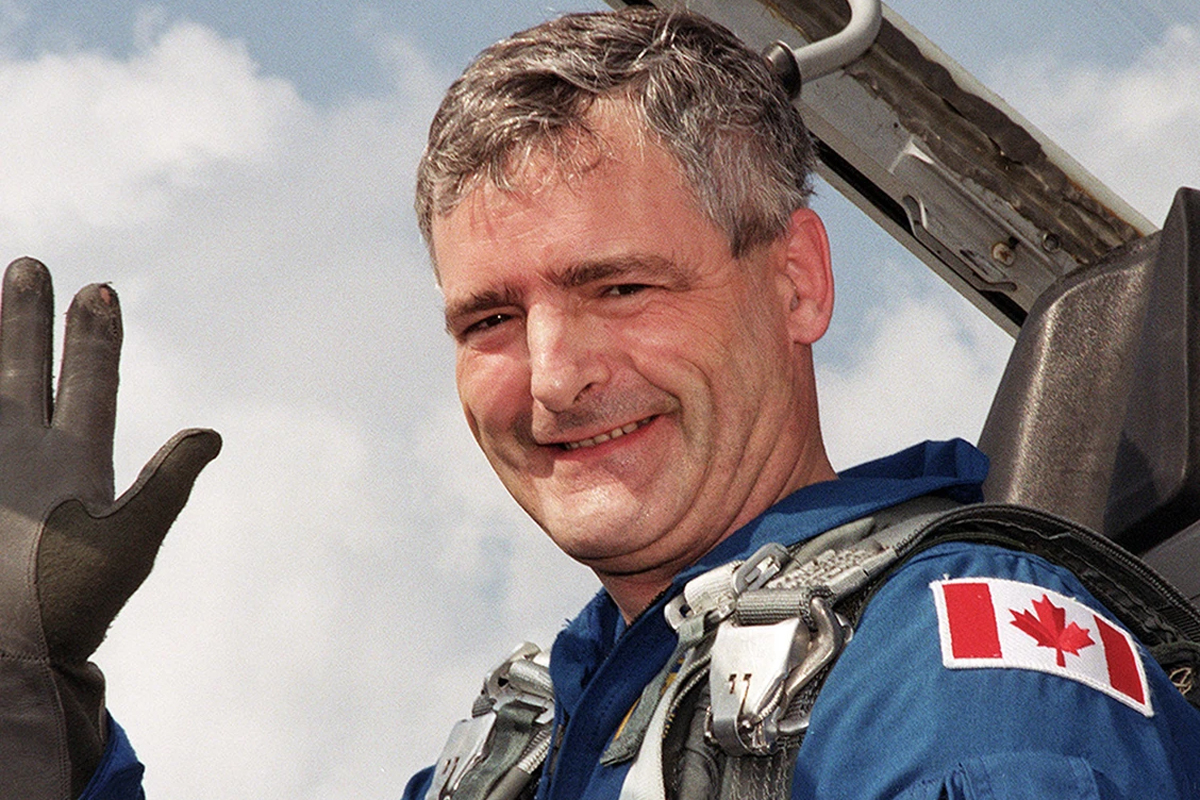
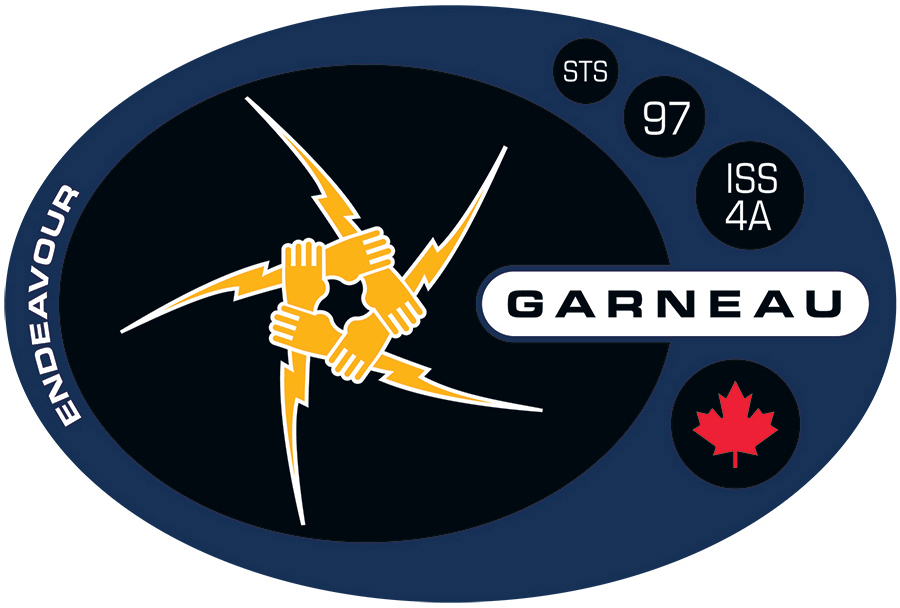
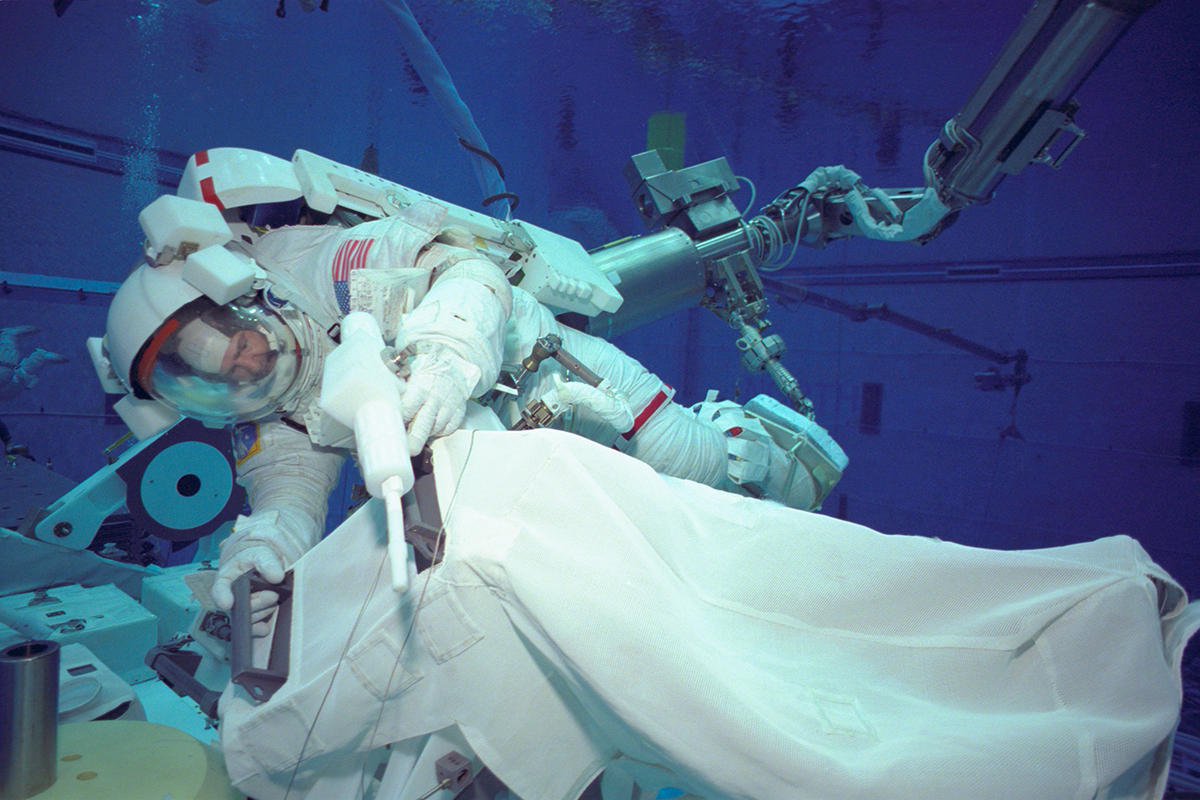
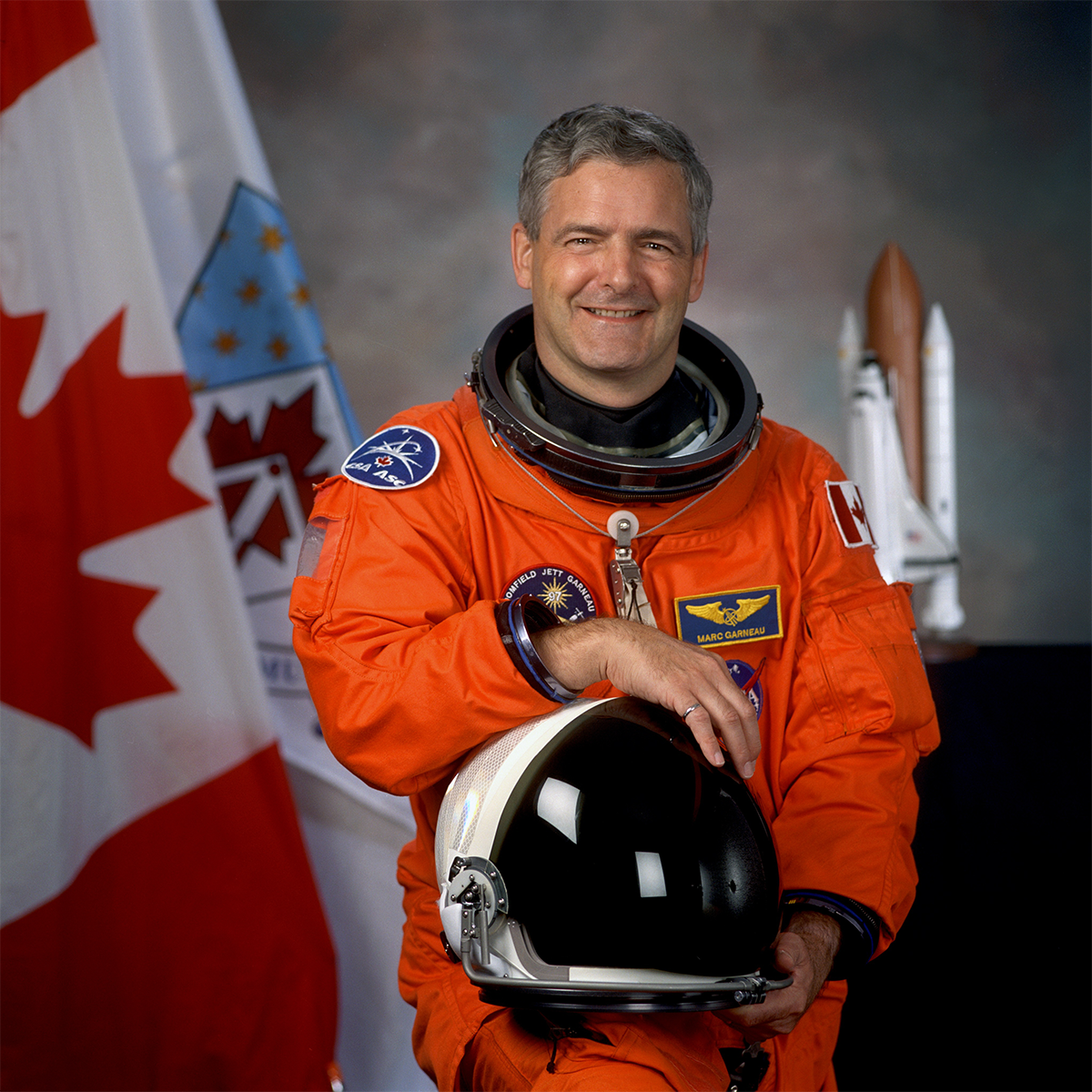
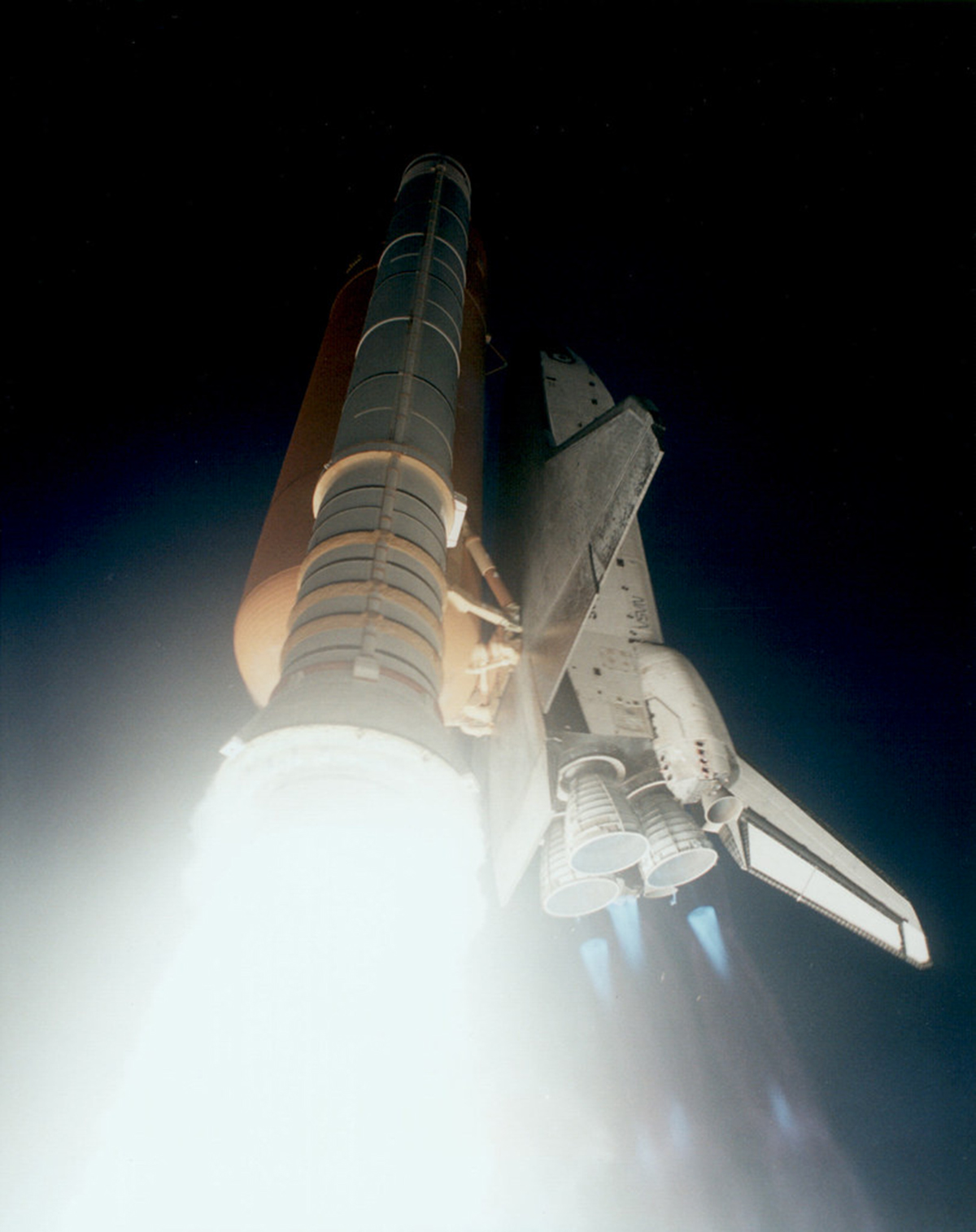
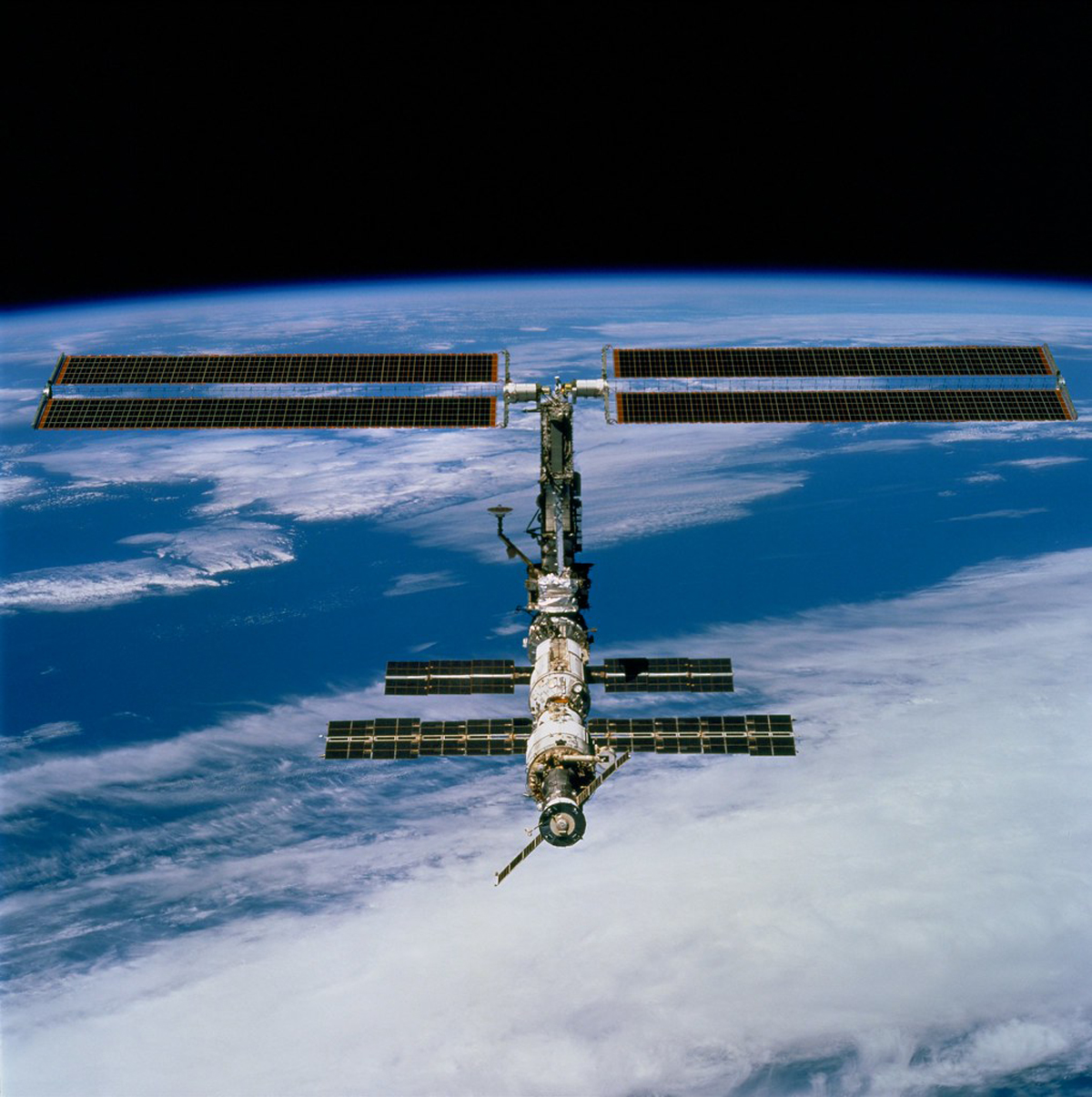

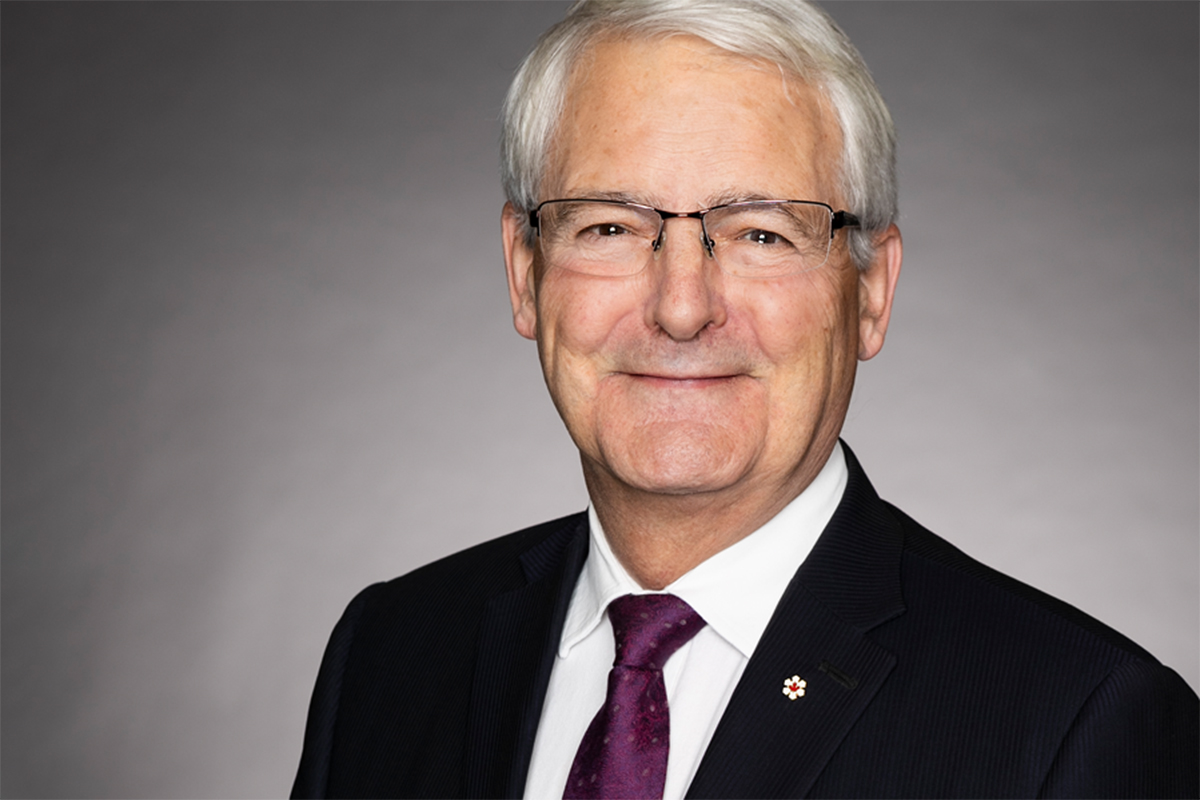
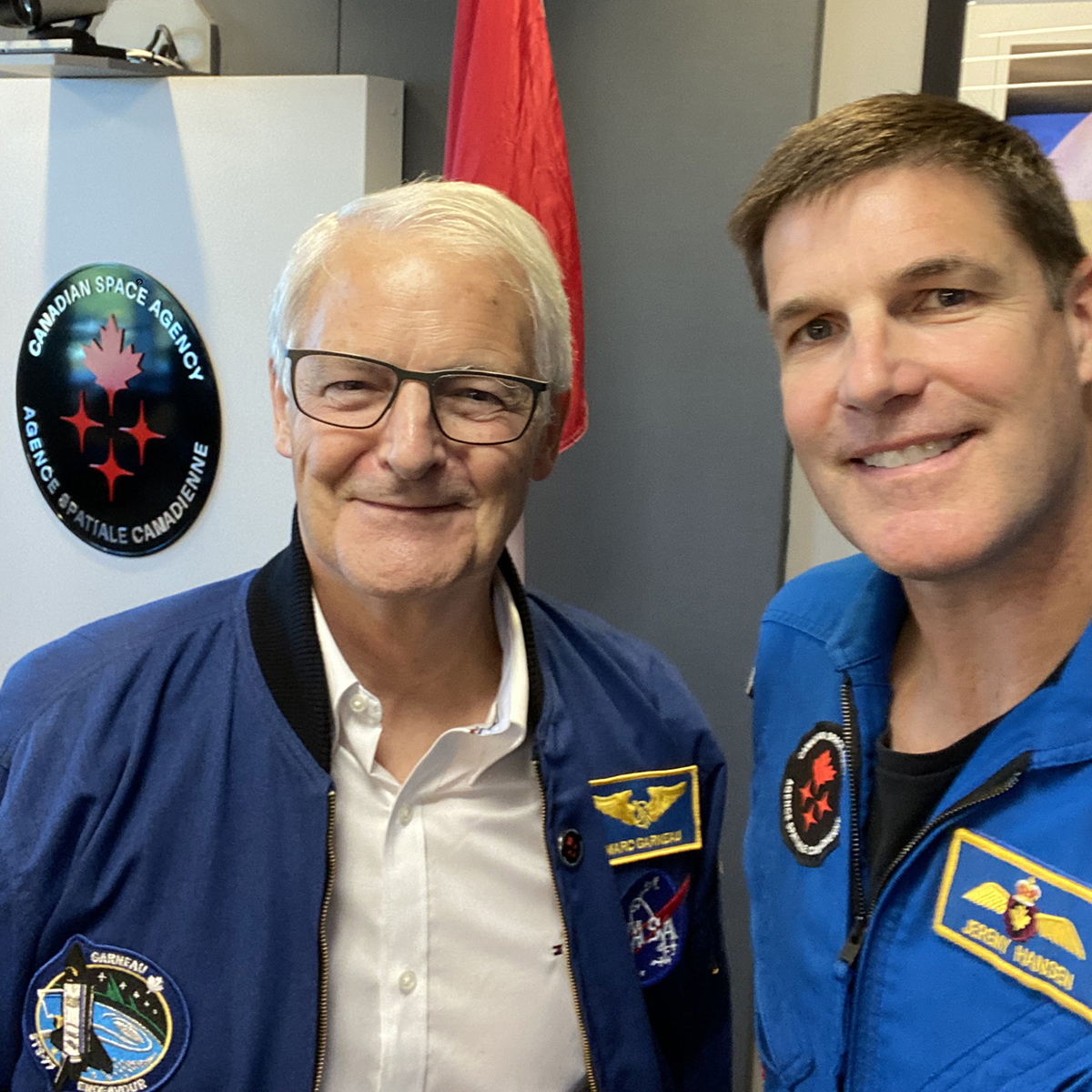

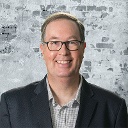
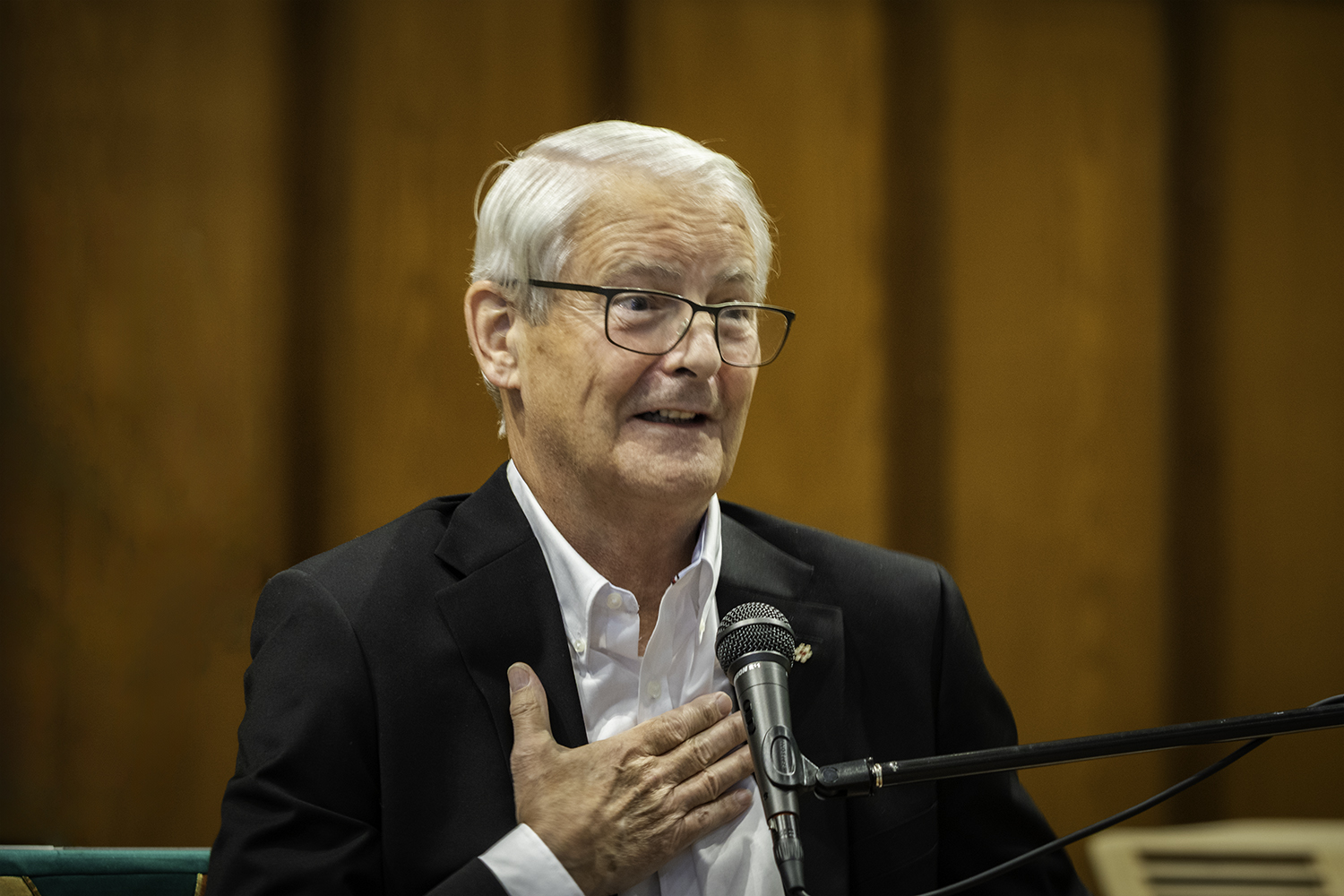
Comments:
Post Your Comment: